For Your Next Marketing Campaign, Look to Game of Thrones
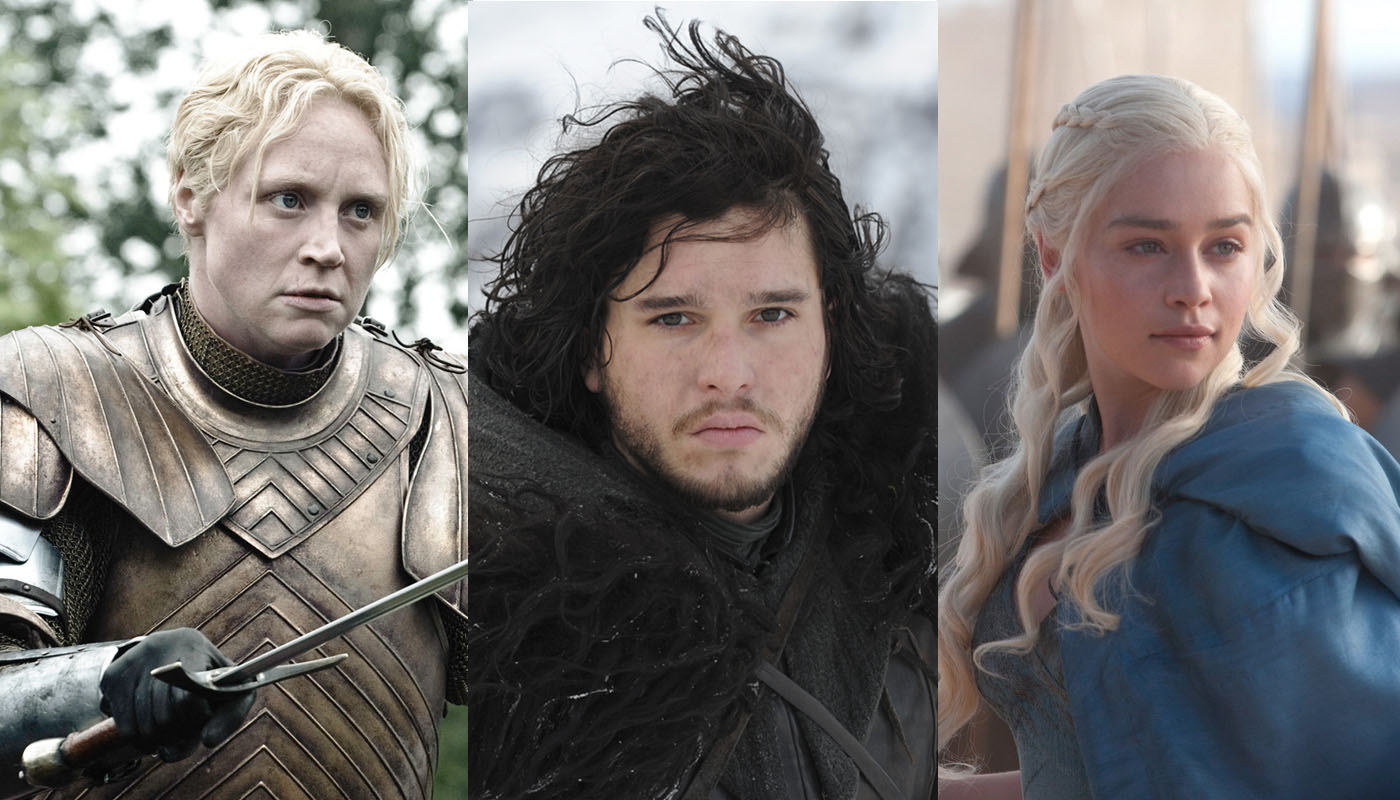
“Being able to design a brand personality around an archetype that connects unconsciously with our audience is a big first step for: brand loyalty, community creation, engagement, conversions.” – Understand and Harness the Power of Archetypes in Marketing, Gianluca Fiorelli, MOZ
If you’re not a trained writer, you may have a hazy understanding of the term “archetype,” which you probably memorized while cramming for an English exam in high school or college. The truth is that you inherently know what archetypes are if you indulge in entertainment of any kind — television, movies, music, and even sports. If you championed Michael Jordan as a child, see your own mother in Peggy Hill, or rejoiced over the recent imprisonment of the Queen Mother Cersei on Game of Thrones, you know what archetypes are.
An archetype is a motif that appears again and again in media. Game of Thrones makes great use of character archetypes to drive the audience’s emotional attachment and impart greater meaning to the intricate storylines that make up the show. GOT’s addictive popularity is due in part to the diverse array of characters with whom a worldwide audience can relate.
If you’re like me, you look for yourself in those archetypes. And that’s why this literary technique can be so seductive when applied to content marketing.
An archetype-based strategy creates a tighter relationship between the audience and the brand message because a true archetype is a pattern that the audience is familiar with. We are conditioned to expect these character-based patterns.
Here Are Some Archetypes from Game of Thrones
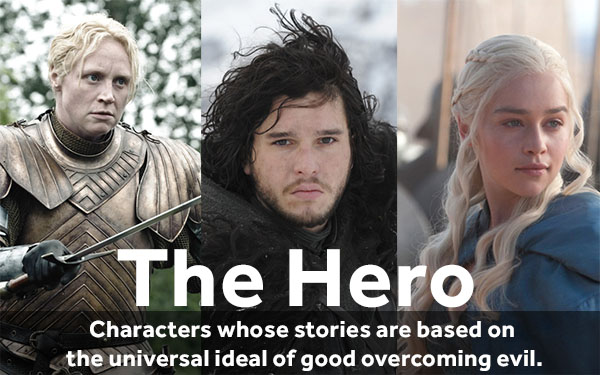
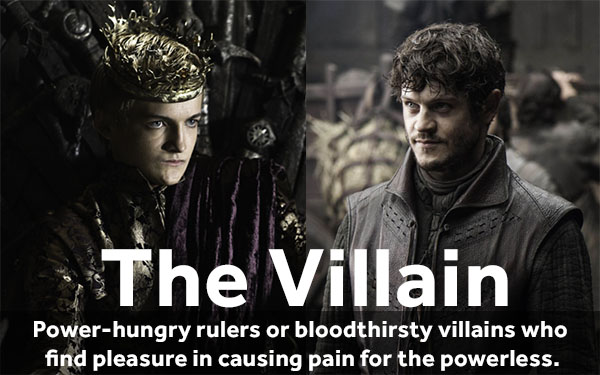
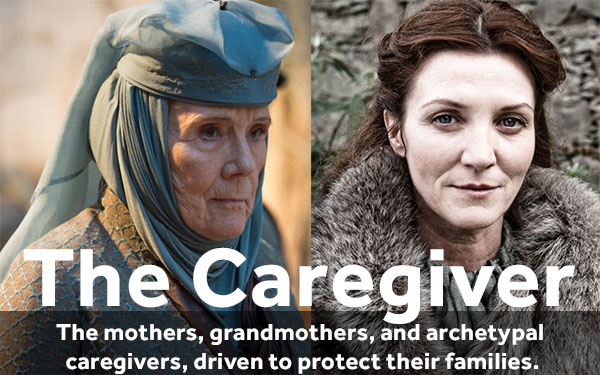
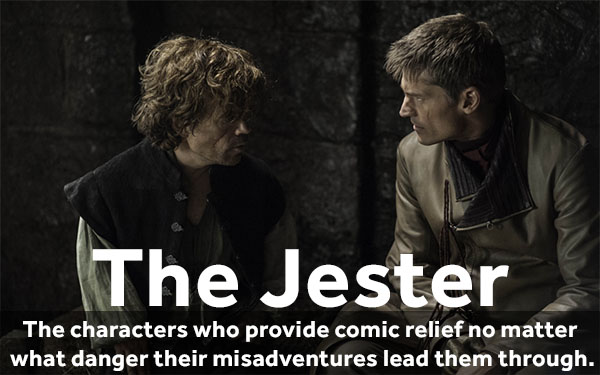
We see archetypes in television commercials all the time. We see "The Caregiver" archetype in Campbell’s long-running “Mama’s Boy” campaigns for the soup-maker’s Campbell’s Chunky™ soups, in which various NFL players and their mothers have been featured. We see “The Hero” come to the rescue in State Farm’s “Like a Good Neighbor” juxtaposed with “The Jester” in Allstate’s “Mayhem Is Everywhere” campaign.
So, how can marketers use these character foundations for their digital content marketing?
#1. Who is your audience?
Creating an archetype-based message will only be successful if you get to know what drives your target audience’s activities. The goal here is to figure out what the people who make up your audience have in common with each other so that you can align your brand with those motivations.
- Monitor the “People” tab in your Facebook page insights to determine the demographics of your followers and those who are engaging with your Facebook posts.
- Monitor the “Posts” tab in your Facebook page insights to determine which posts are working and which are not. This helps you know what type of content resonates with your audience.
- Conduct more formal audience surveys to figure out who is buying your product or using your service.
- Assess your competitors on social media since they likely target the same types of people. This can be especially useful if your company is new or if you haven’t quite netted a large enough following on social platforms.
#2. What character or motif will appeal to your audience?
After doing audience research, ask the following questions:
- What do these people have in common with each other that they can also find familiarity with in your brand?
- What online activities are most engaging for this demographic?
- How does the product or service that I sell relate to the audience’s other hobbies, demographics, or job industries?
The answers to these questions will help you pick the foundational archetype to create a more specific character or motif around.
- If your audience members all work in the same industry, look for the archetype that best describes that type of worker. For example, if you are targeting teachers, consider working with the “The Sage,” who is driven by a need to spread wisdom and knowledge, like Maester Aemon Targaryen of the Knights Watch.
- If your audience enjoys outdoorsy activities, work with “The Rebel” who is driven to experience the world freely, like Arya or Bran Stark.
- If your audience responds well to funny posts on your Facebook page, try out “The Jester” – A clever voice who is always getting into and out of trouble… Or creating it for others. Think of Tyrion and Jaime Lannister.
#3 The fun part: Create the campaign around the archetype
Give your brand-character a purpose that will resonate with the audience. And don’t worry -- you don’t have to write a novel or produce an HBO show. You can tell a story through images, well-curated posts to social media, or a blog posting strategy in keeping with what drives the archetype and the audience.
“The Sage” might give his or her students (your followers) weekly instructional tips in the form of a video or webinar.
Example: Lowe’s “Fix in Six” campaign was recently called “the best-ever use of vine by a marketer,” by adweek. The retailer takes on the role of “The Sage” by offering a variety of how-to videos on their Facebook page. Lowe’s customers are those who may not always call an expensive professional to do the job, so a collection of DIY instructional videos appeals to this group. When their audience engages by asking questions, Lowe’s is quick to respond with the voice of expertise.
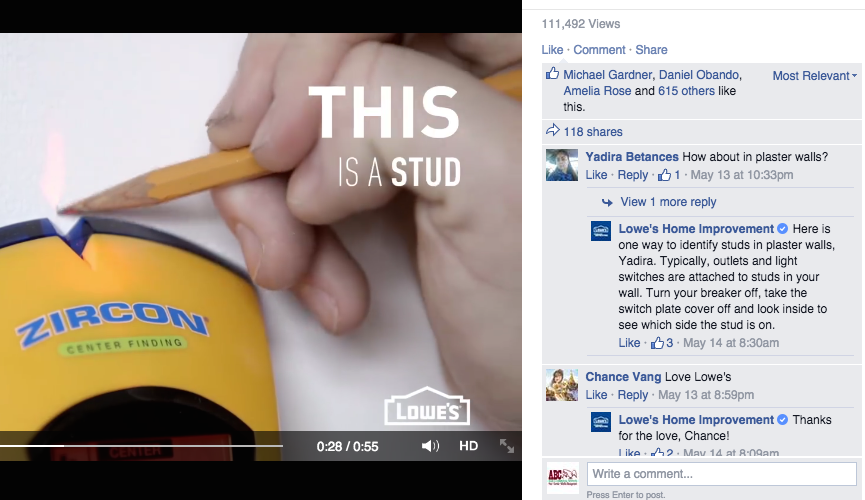
“The Rebel” might have a blog with stories, tips, and photography that all appeal to people with a taste for adventure and the outdoors.
Example: For Jeep, the journey really is the brand’s destination, and the car itself is the character. Jeep uses “The Rebel” adventurer motif across multiple social channels and commercials. Jeep has a whole category on their blog devoted to adventure. There, they post tips on camping, off-roading, and interviews with people who participate in Jeep-sponsored trail-riding events, which the company refers to as “Safaris.”
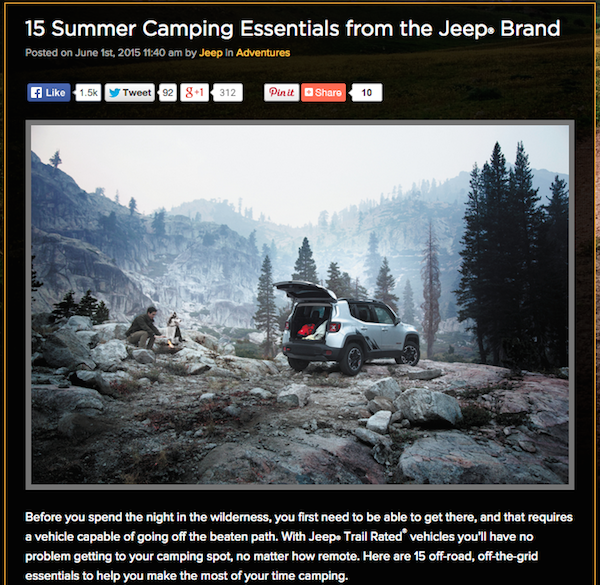
“The Jester” might employ humor by showing the audience all the things that can go wrong – and how a particular product is the solution.
Example: In the case of Snickers’ “Who Are You When You’re Hungry” campaign, there is not one specific character, so to speak, but there is a common thread between stories: Someone has gotten into social trouble due to hunger and a Snickers bar is the solution. The candy company is implementing some truly engaging participatory strategies for Twitter and Facebook, like a contest where the audience can upload their own video stories showing how a Snickers bar made the day better. They also created a meme generator for their audience to play with and share.
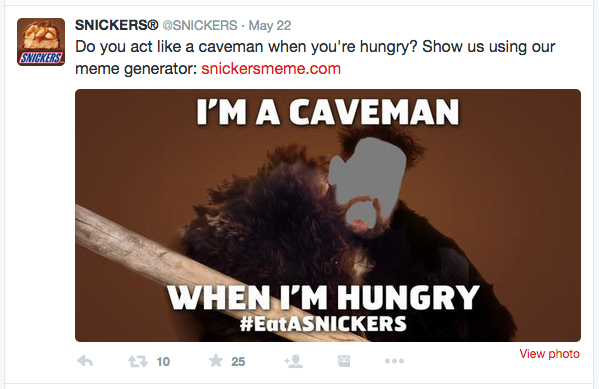
Final Thoughts
Always make sure your content is relevant to that platform. Telling a story through a blog post or a video is going to be different than telling one through a static image shared on Twitter or Facebook. If you are illustrating your story through imagery, make sure those images (1) fit with your brand style and incorporate your logo and (2) tell the story you’re trying to tell. Stock images are easy to collect, but consider hiring an illustrator or a photographer to accurately tell your story visually.
If you started this process by conducting thorough audience research, and created content that is branded and relevant, you are most likely to see increased engagement and conversions. If you aren’t seeing heightened engagement with your content, or worse, you see a dip in engagement, you may have to go back to the drawing board. Some campaigns just don’t catch on, and that’s okay. Don’t get too attached to an archetype that doesn’t seem to resonate with your audience – do some more research and try something else.
image sources: gameofthrones.wikia.com, westeros.org, winteriscoming.net, Jeep
Latest Articles

Four Tips For Hiring a Good SEO Firm for Your Business
In today's SEO climate, where Google penalties can result in all of your web pages getting removed from search results, hiring the wrong SEO company can have disastrous implications on your ability to conduct business.
Continue reading
Why Going Viral is a Weak Goal (And Tips to Go Shareable)
Do you remember Zack Danger Brown's potato salad Kickstarter? I recently received a message from Kickstarter asking me to either change or confirm my address so that I could receive my reward (a photograph of Zack making the potato salad) for pledging $2.00 to the campaign. In case you forgot (I did), Zack's potato salad Kickstarter went viral this past July. What started out as a joke raised over $55,000 in just 30 days.
Continue reading